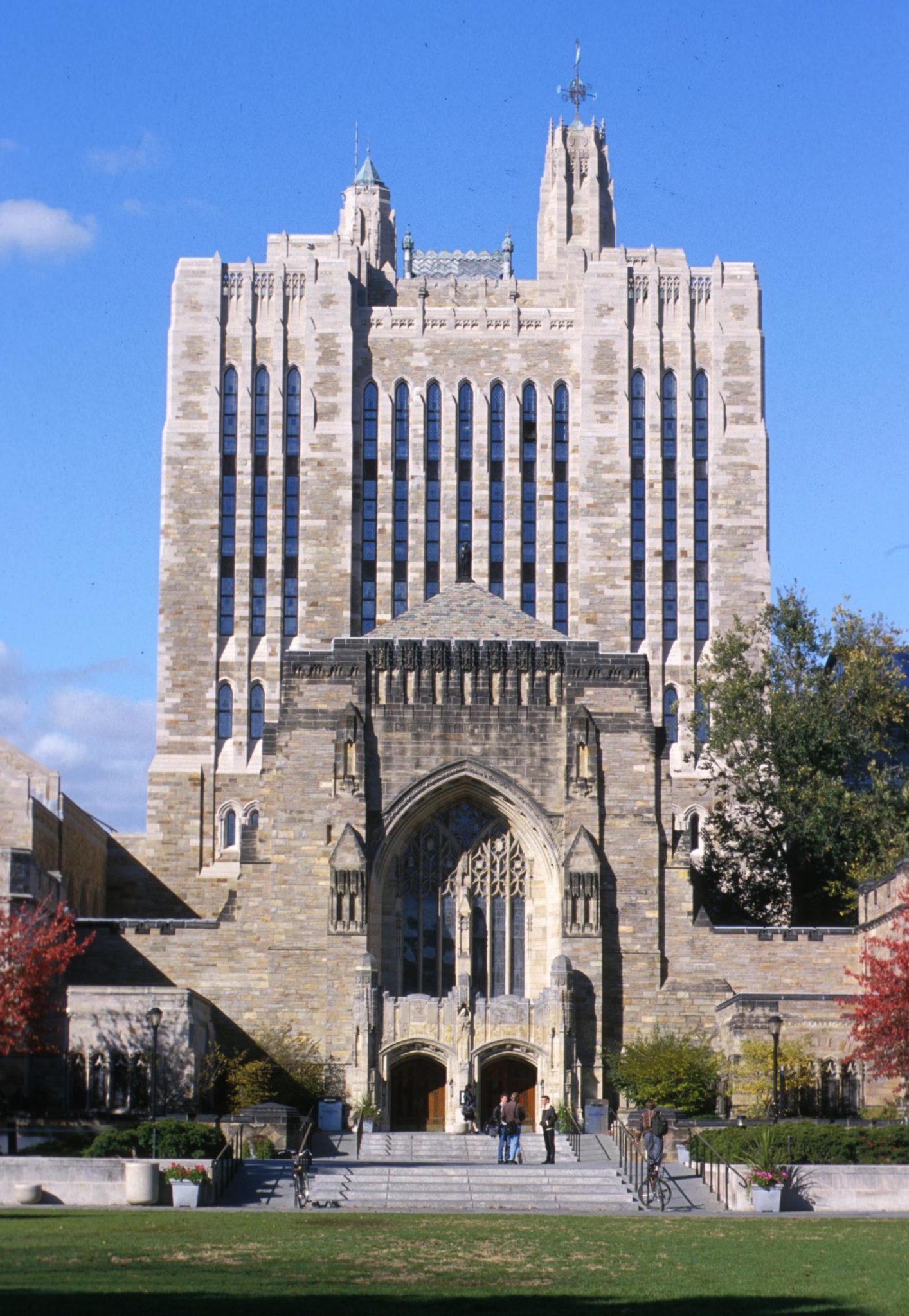
When Yale Library announced its closure last month, Susan Gibbons — the Stephen F. Gates ’68 University Librarian and Vice Provost of Collections and Scholarly Communication — said “our buildings may be closed, but Yale Library is very much open and active online.”
Yale Library has expanded its online presence to meet increasing demand. Library staff is working remotely to support online classes and research, and regular library services — such as research consultations, workshops and statistical support drop-in hours — are available via email and Zoom. Librarians are also creating video tutorials on YouTube.
“Much of our work is the same, but we are doing it in new ways, as we adapt to support faculty, students, and researchers in an unprecedented situation,” Gibbons said.
Eve Bourbou-Allard, processing archivist at the Beinecke, usually works directly with collection materials. She described students’ and researchers’ loss of access to physical collections as “both a challenge and an opportunity.” She now uses her time to create instructional videos, clean up catalog data, write internal documentation and review research guides.
The library created a new webpage summarizing their remotely-accessible resources. They changed online search tools to better facilitate accessing electronic texts and have doubled the live-chat hours of Ask Yale Library service from 45 hours a week to 91. Through an emergency agreement with HathiTrust — a non-profit collaborative repository of digital content — Yale Library added five million ebooks to their online catalog.
Students, faculty and researchers have access to over a billion articles and other licensed e-resources, 250,000 online journals, a thousand unique databases and nearly seven million ebooks. Gibbons noted that, in a time when the Yale community is scattered across the world, libraries play a critical role in maintaining academic continuity.
But the transition was not smooth. Gibbons said the biggest challenge was a lack of access to the library’s physical collections and spaces. For example, Yale faculty members placed 1,925 physical items on course reserves at six different library locations this semester. The library staff located or licensed e-versions of 60 percent of these materials, but Gibbons said some resources are unique to Yale Library and do not exist online.
Yet, according to Gibbons, the Library invested a large amount of time and resources to digitization and digital preservation in recent years. Yale Library’s digital collections are open to the general public and researchers across the world. Online exhibitions can be viewed here and here.
Michael Morand, Communications Director at the Beinecke Rare Book & Manuscript Library, said that while there is “laser-focus” on supporting academic continuity within the university, librarians continue to support users outside Yale. The Beinecke — under Director E.C. Schroeder — is working to provide content of meaning, value and interest to the public, Morand said.
The Beinecke increased online content about their current special exhibition “Subscribed: The Manuscript in Britain, 1500-1800” and plans to augment visuals for other exhibitions soon. Their YouTube channel includes an introduction to their Digital library and an online version of the annual Yale Student Poets reading. Their website features Timothy Young’s posts about the art and craft of Pochoir and comics and Raymond Clemens’ writing about the calendar, Easter, and movable feasts.
Young, a curator of Modern Books & Manuscripts, said that access to original copies of rare books is crucial for researchers. He said the Beinecke’s closure invoked deep reflection amongst librarians and curators about ways in which this access can be supplemented virtually.
“One method is to create blog posts, tweets, Instagram posts and other forms of outreach,” Young said. “The hope is that these kinds of posts can provide a window into some areas of collecting that we do and give viewers a bit of content now and a sense of what awaits researchers when we reopen.”
Librarians are also using their information savvy to combat the coronavirus. Gibbons noted that Manuscripts & Archives is creating a survey to gather and preserve students’ stories of the pandemic, for study by future scholars. The Cushing/Whitney Medical Library worked with the School of Public Health to create a database of current COVID-19 research citations, for use by clinicians and researchers around the world. The Library’s GIS librarian is working with the School of Medicine to develop maps tracking the virus’ spread, and the conservation staff donated their stocks of Personal Protective Equipment to health-care workers.
Bourbou-Allard noted that in coming months, libraries worldwide will assess whether longer-term priority changes are necessary. Libraries, whether providing in-person or remote services, remain as important as ever, she said.
According to Gibbons, this crisis shows that the library transcends its buildings and books.
“Carved on the side of Sterling Library are the words, ‘The library is the heart of the university.’ Those words are still true now — and perhaps even resonate in new ways,” Gibbons said.
Freya Savla | freya.savla@yale.edu







